
There is a remarkable exhibition currently at the Skirball Cultural Center called “This Light of Ours: Activist Photographers of the Civil Rights Movement.” It was organized by the Center for Documentary Expression and Art in Salt Lake City and Cleveland’s Maltz Museum of Jewish Heritage, and is on view through Feb. 25th. I have seen it four times, not just because I find it so informative and challenging, but because my daughter Alissa happens to be the curator for the present edition of the show. If she weren’t, I probably would have only seen it twice!
The show consists of 157 photographs as well as 15 archival objects added by the Skirball that together tell the story of those who in the 1960s put their lives on the line for civil rights. The nine photographers whose work is featured remind us of the sacrifices made by Black Americans and their allies during one of the most difficult times in U.S. history.
At a moment when Black-Jewish relations are particularly strained over different narratives regarding the Middle East, I was moved by the unity displayed back then. You might be familiar with the iconic photo from the 1965 march from Selma to Montgomery in support of voter rights. There is Dr. Martin Luther King, Jr., arms linked with a number of his colleagues, among them John Lewis, then chairman of the Student Nonviolent Coordinating Committee and later a much revered member of the U.S. House of Representatives. Also is the front row you will find Rabbi Abraham Joshua Heschel. A close friend of Dr. King, Rabbi Heschel was determined to be there for Black Americans when they needed him most.
Heschel isn’t the only Jew portrayed in the exhibition who, inspired by his Jewish values, cared more for justice than for his own safety. The show includes a heartbreaking display created by the Skirball about three young volunteers, James Chaney, Andrew Goodman, and Michael Schwerner, the latter two, Jewish New Yorkers, whose effort to register Black voters cost them their lives. They didn’t die in vain: Historians argue that their murders in June of 1964 in Philadelphia, Mississippi, were instrumental in gathering the support that led to the Civil Rights Act of 1964 and later to the Voting Rights Act of 1965. In a well-deserved honor, the three martyrs were awarded the Presidential Medal of Freedom by President Obama in 2014.
The show also includes a photo of a bloodied older man sitting along the side of the road. It turns out that he is Rabbi Arthur Lelyveld, of Cleveland’s Fairmont Temple. He had been badly beaten with a tire iron at a 1964 voter registration campaign event in Hattiesburg, Mississippi. Next to the photograph, headphones offer visitors the chance to listen to the voice of photographer, Herbert Randall, who explains that when he stopped to assist the rabbi, Lelyveld told him in no uncertain terms, “Photographer, take the picture.” He was more interested in documenting the brutality than in stopping the bleeding.
But in my mind the most touching example of the Jewish support for civil rights is a photo of a man with one leg on crutches, wearing a yarmulke and sweating profusely, as he persevered during 54 grueling miles on the trek from Selma to Montgomery. His name was Jim Letherer, an amputee who marched alongside Dr. King and other activists. Last month my daughter gave a tour of the exhibition to the celebrated civil rights leader Dr. Bernard Lafayette. Dr. Lafeyette paused in front of this photo and said “I remember this guy. John (Lewis) and I kept asking him to take a break because we thought he was going to pass out during the march. But he insisted on continuing on.”
How poignant it is to recall a period when Black and Jewish Americans were literally marching arm in arm.
Despite these trying times, we must do the work to keep that light aglow. A step in the right direction is the Karsh Family Foundation’s gift to the Skirball highlighting and fostering connections between the Black and Jewish communities. As we celebrate what we have done together in the past, may we write a new chapter that one day observers will view with awe and appreciation.
Morton Schapiro is the former president of Williams College and Northwestern University. His most recent book (with Gary Saul Morson) is “Minds Wide Shut: How the New Fundamentalisms Divide Us.”







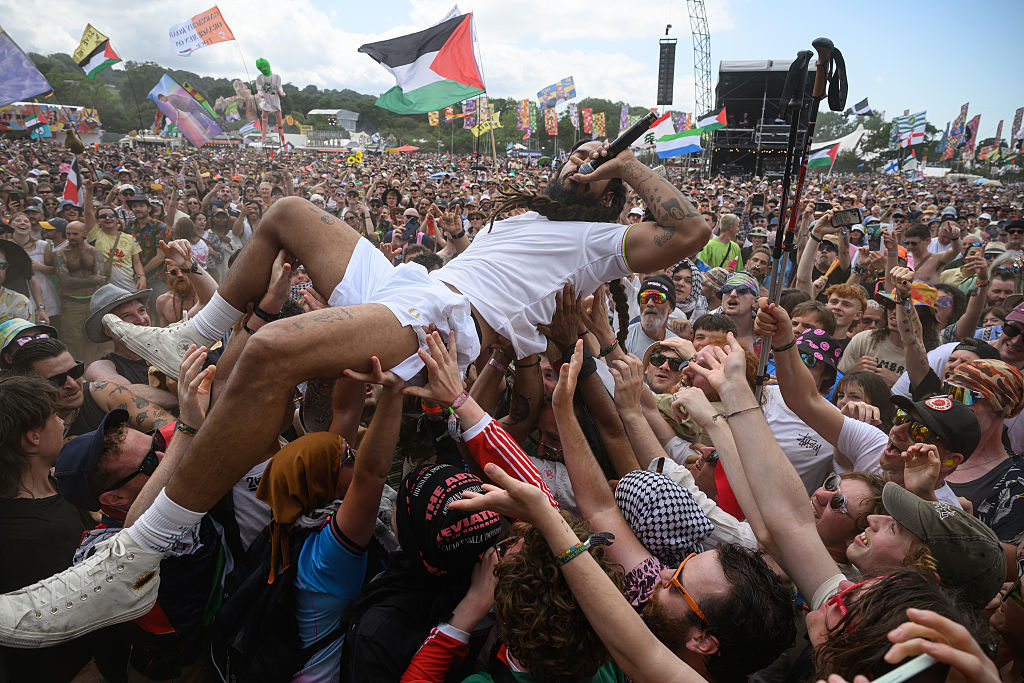

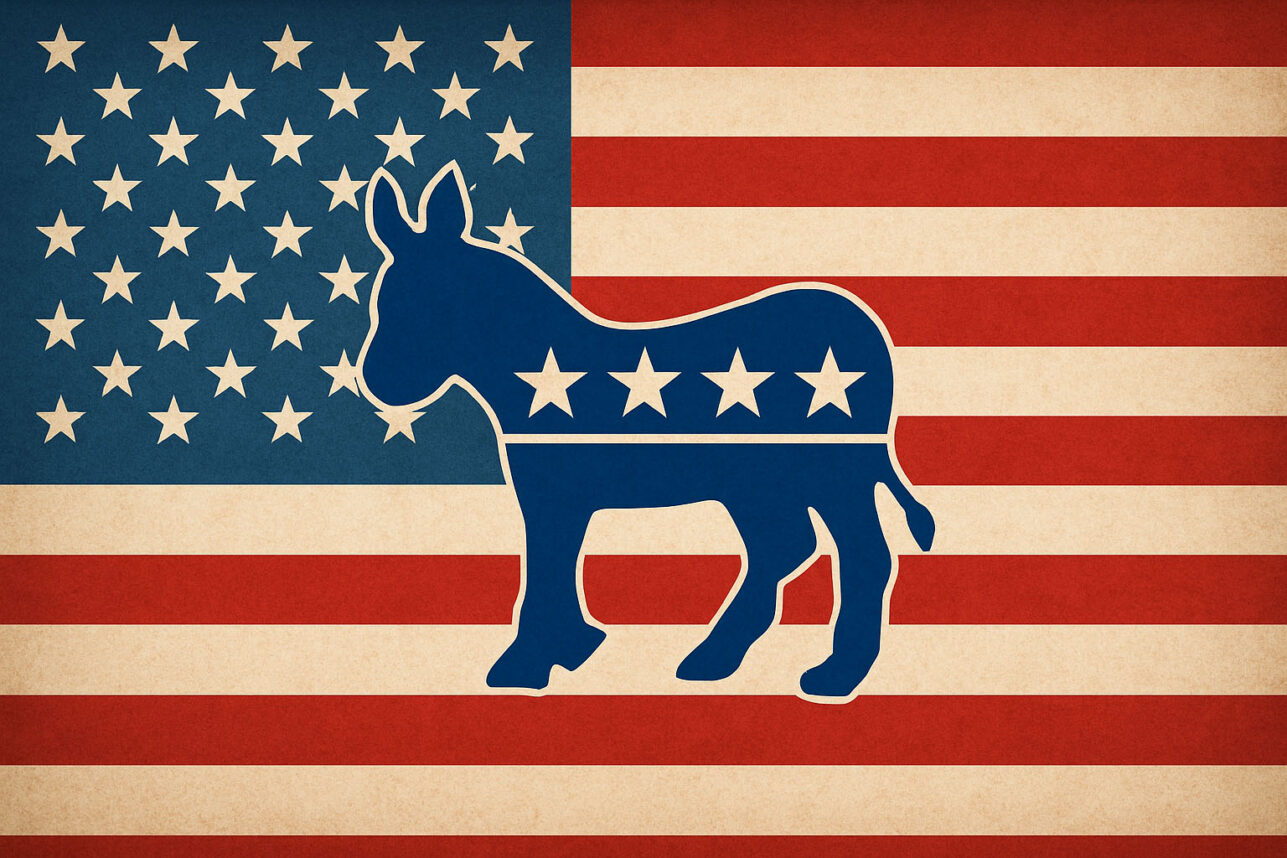
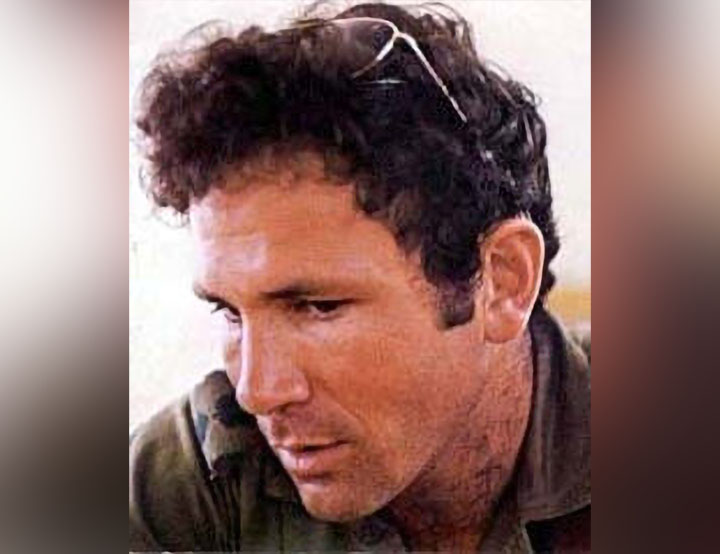
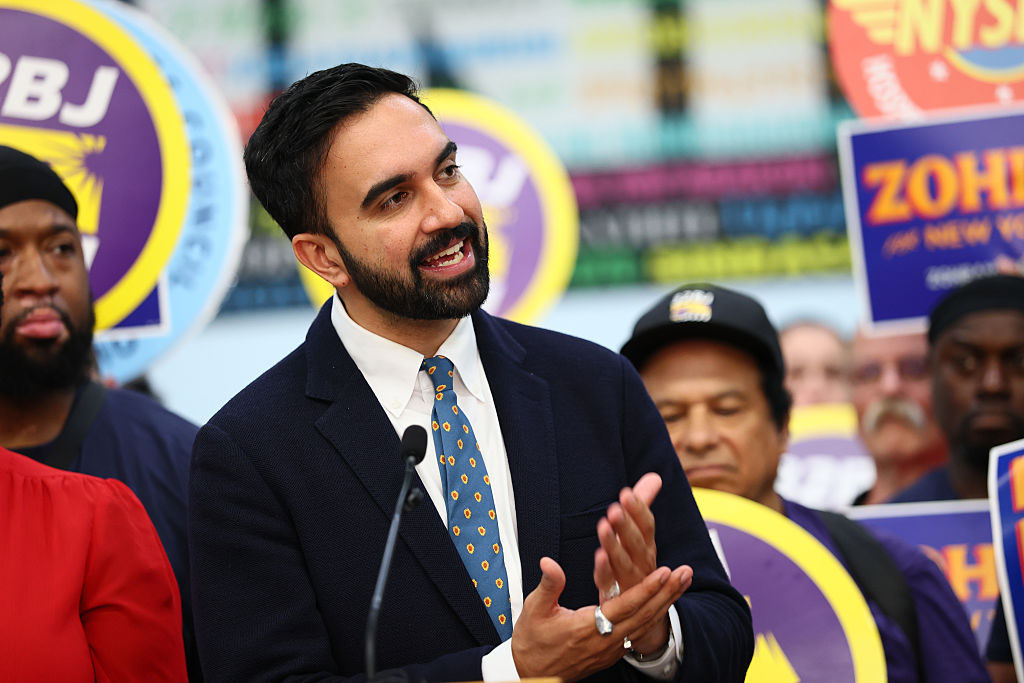
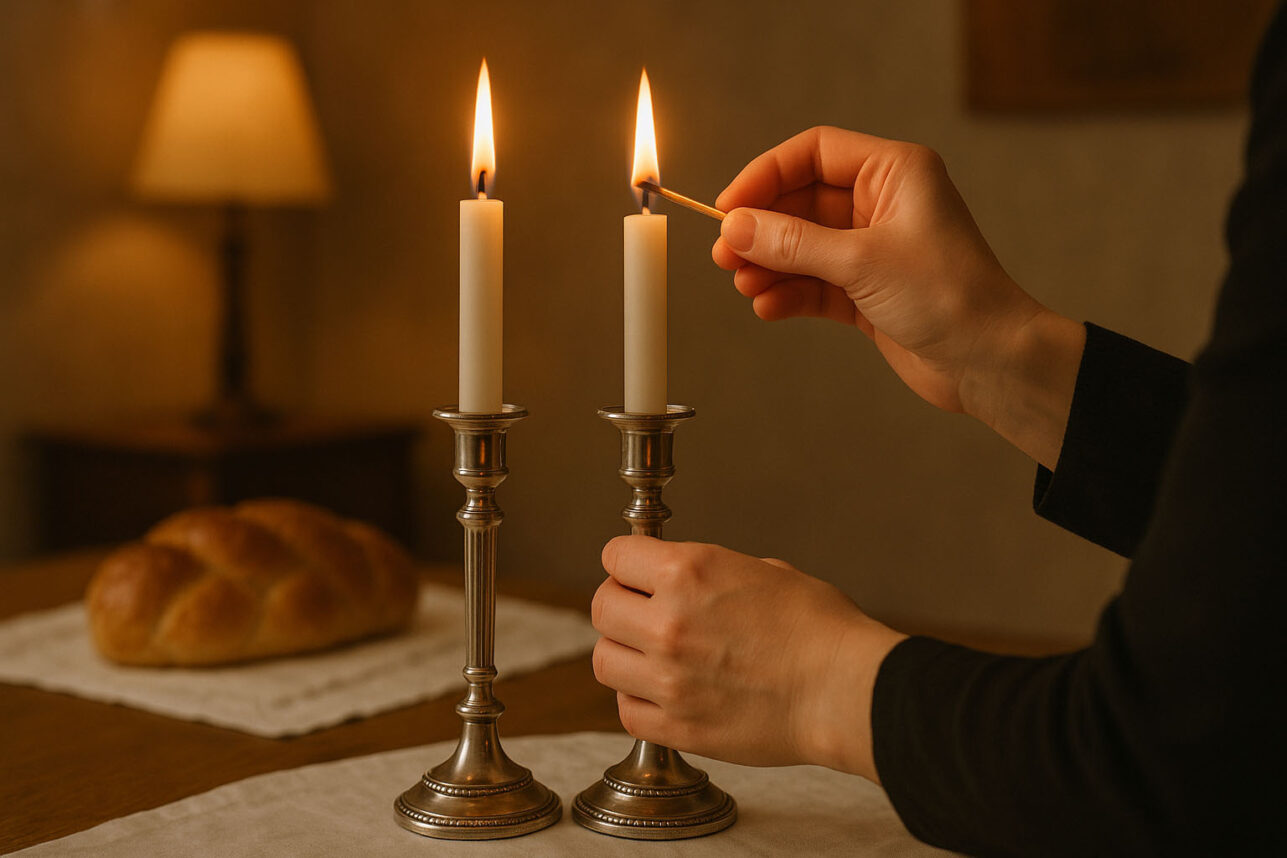
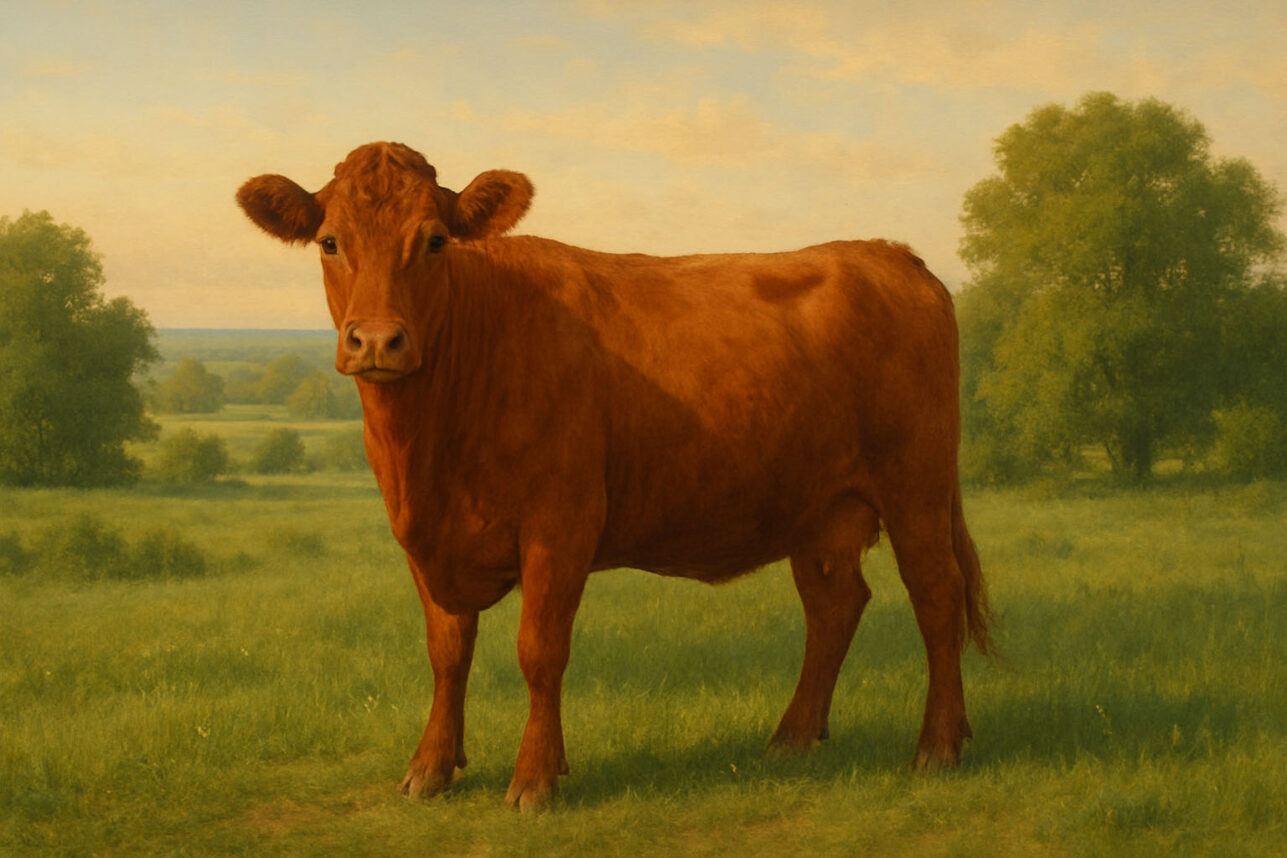

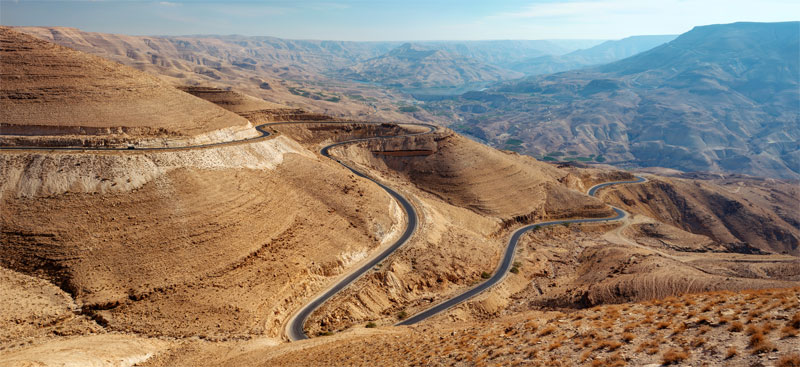



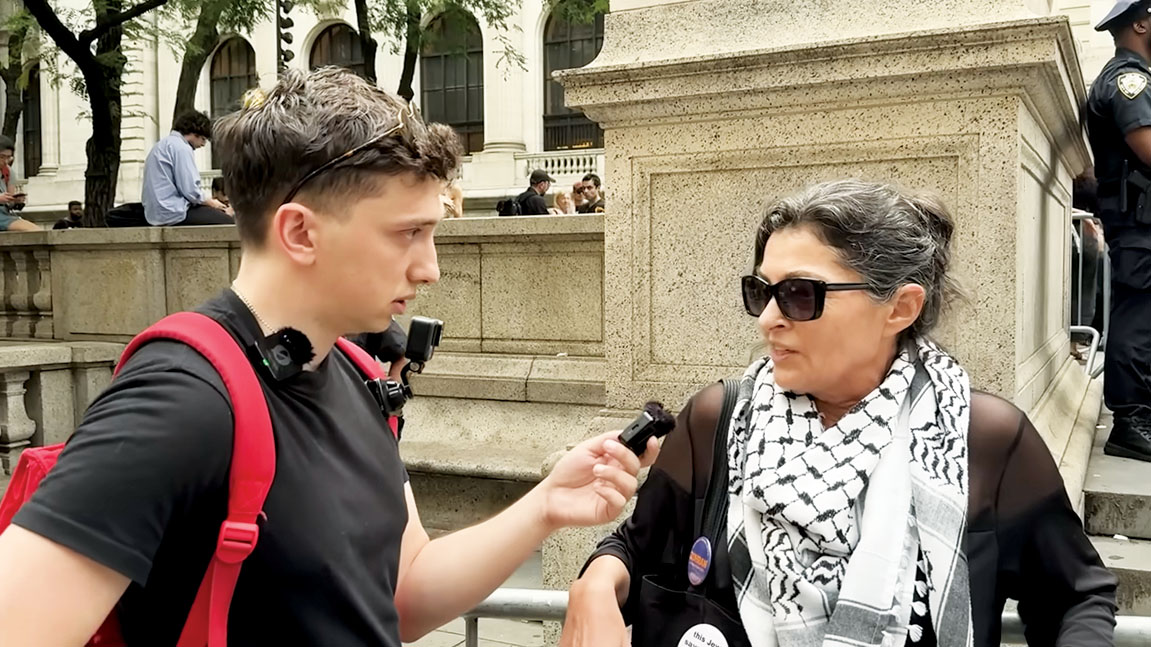
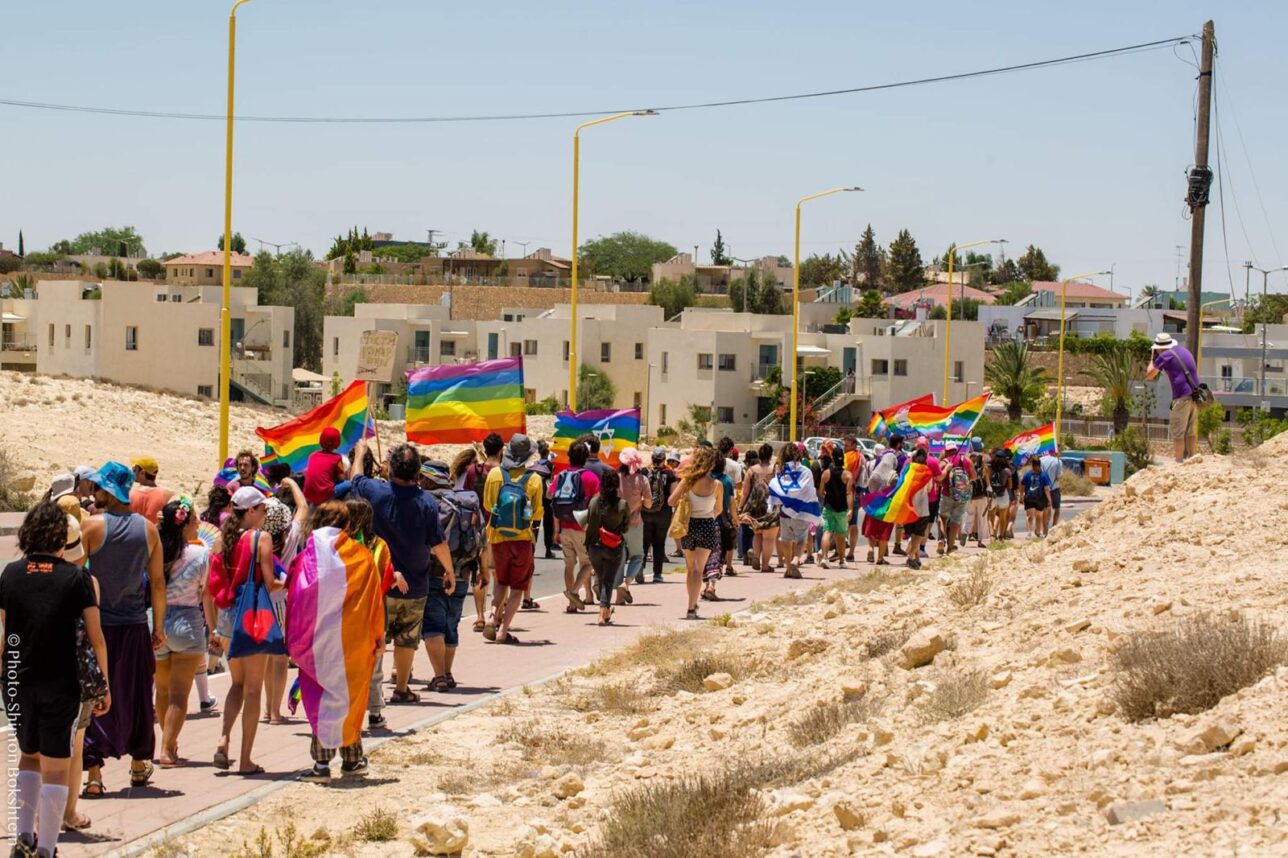

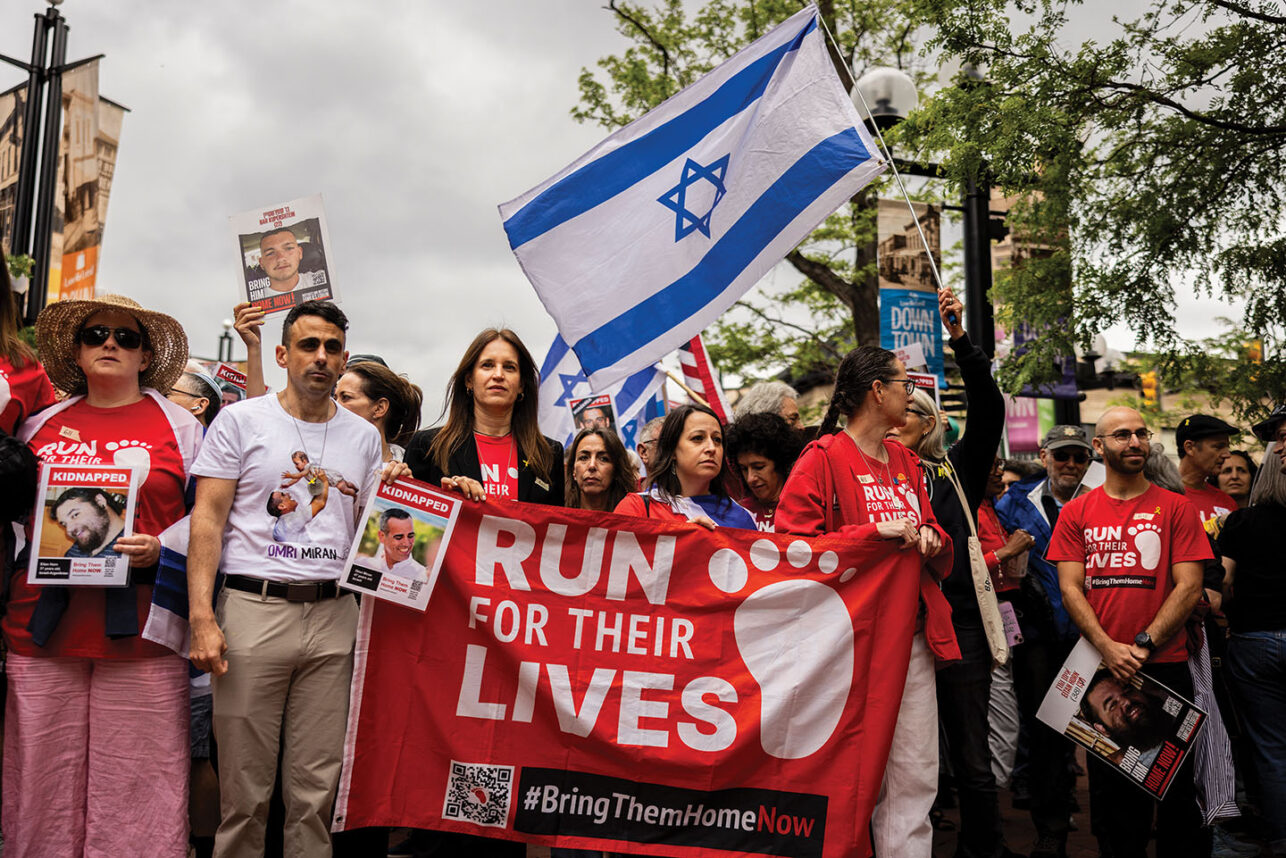

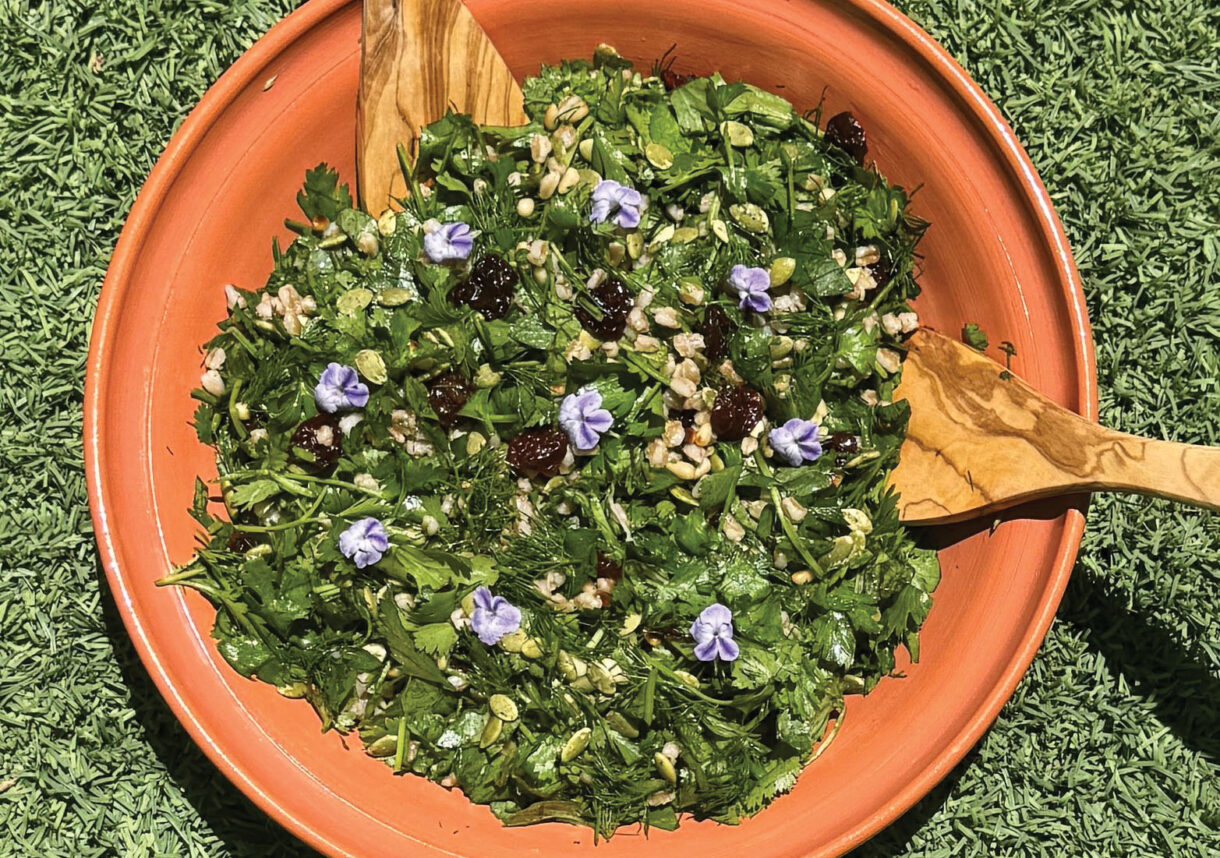
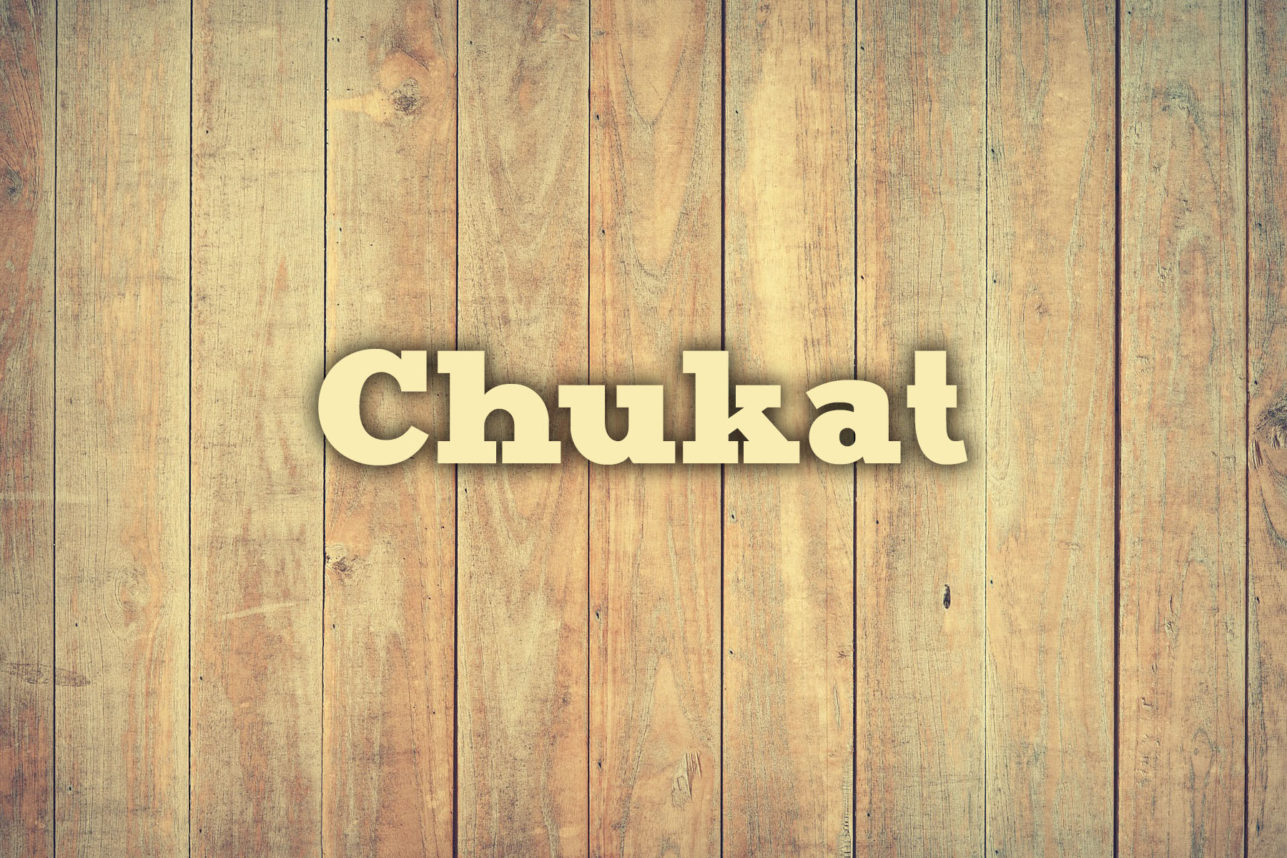
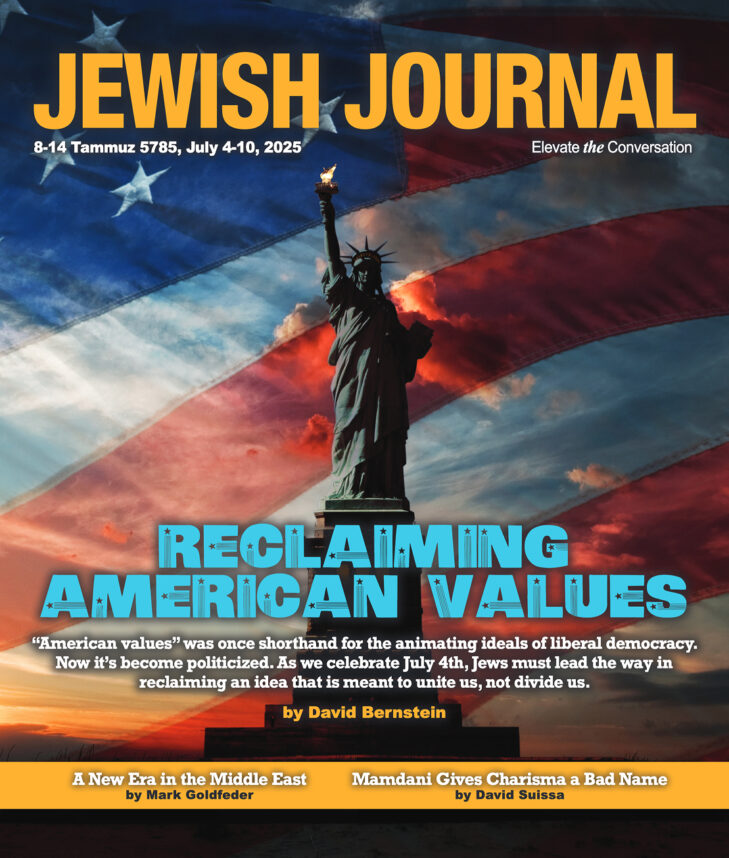
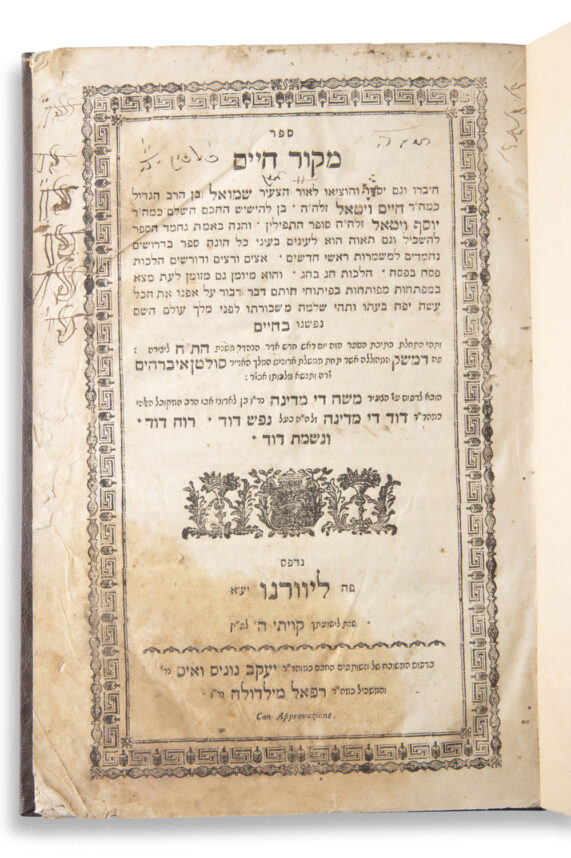
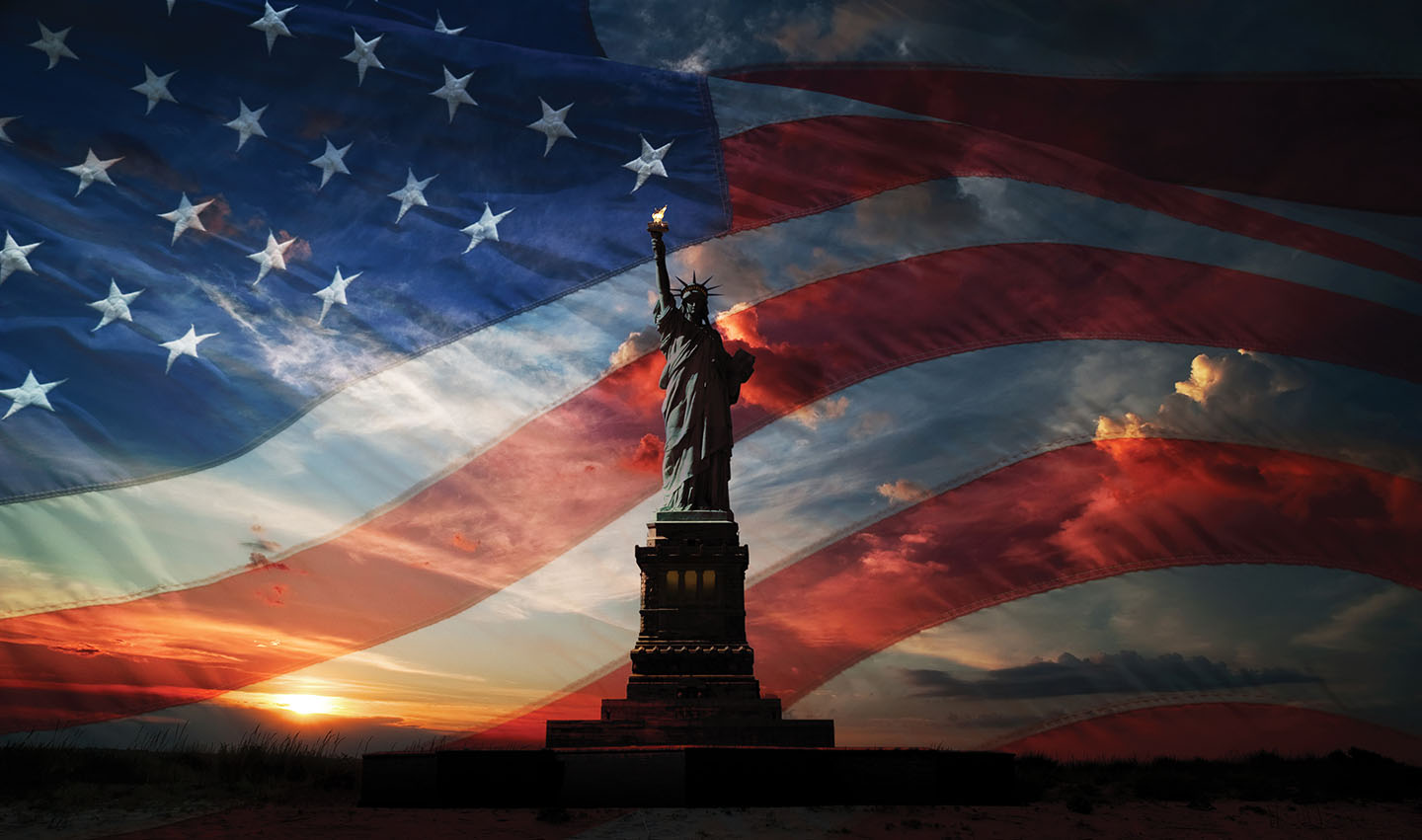
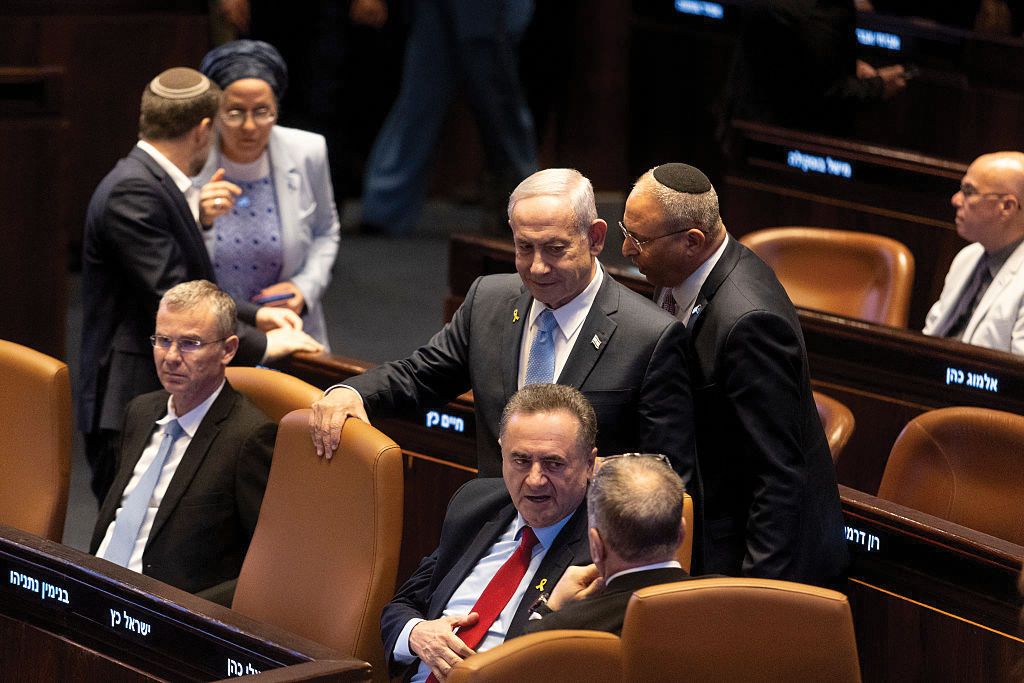
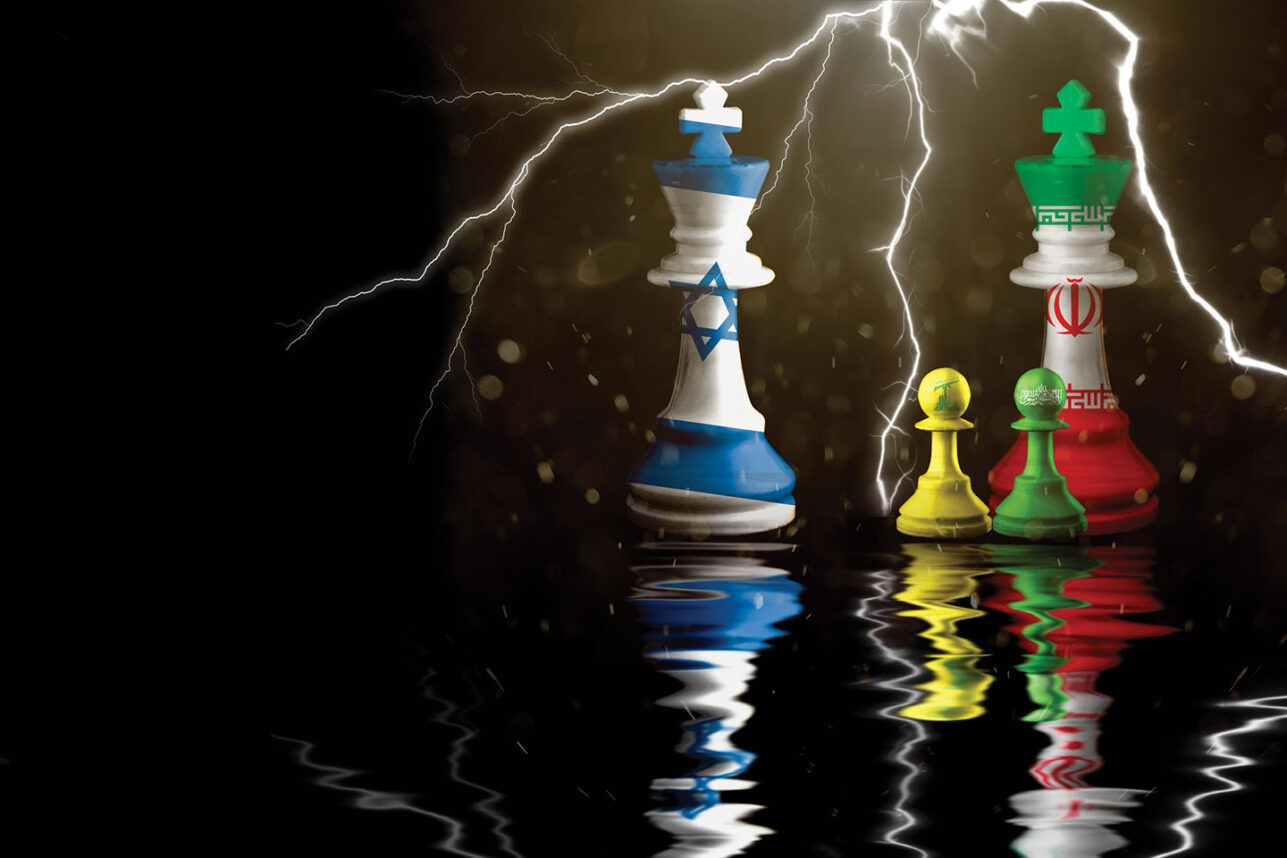

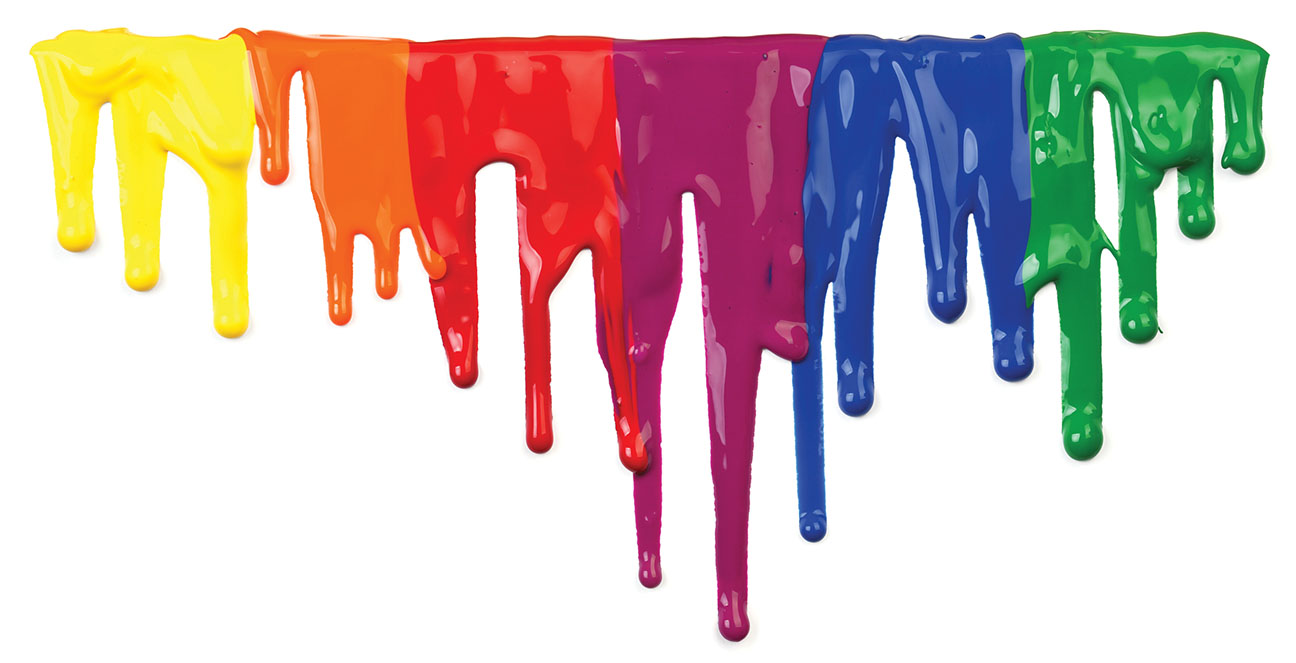

 More news and opinions than at a Shabbat dinner, right in your inbox.
More news and opinions than at a Shabbat dinner, right in your inbox.